There can be your advertisement
300x150
What You Wanted to Know About Kitchen Design: Trends of the 1970s–1980s
Exclusive design, bold experiments, and recognizable patterns
Cyclical fashion today looks to the 1970s–1980s — a time of bold experiments with colors, forms, and materials. Together with the brand Gorenje, we tell you what made kitchens of that era unforgettable.
What do we know about this time? The 1970s–1980s are often called one of the wildest and rebellious eras of modernity. In fashion, disco and dance floor accessories were in vogue, freedom of self-expression, an abundance of decoration, and shine. Designers experimented with colors, forms, and materials. Furniture made from plastic and polypropylene gained popularity. Cardboard furniture first appeared: designer Frank Henry introduced the Wiggle Side Chair to the world. The legendary Ettore Sottsass created the Memphis group. Chairs, lamps, shelves, and other furniture from this creative collective became the face of the 1980s, such as Martinuzzi's Superlamp or Peter Shire's Bel Air chair. The trend for cosmic design was at its peak. Today, however, 'cosmic' household appliances, furniture, and lighting have become softer and more homely, with cold metallic color palettes diluted by blues, browns, and yellows. The patterns and motifs of this period are instantly recognizable by wavy lines, rainbow themes, and nostalgic color schemes featuring terracotta, orange, and brown tones. The recognizable patterns of the 1970s–1980s were influenced by the work of David Hicks and Werner Panton — iconic figures of that era.
Kitchens from the 1970s–1980s: Key Features
Generations of housewives in the past! Women living in large American and European cities began to build their careers. However, after work, they now had to prepare dinner while also keeping an eye on the kids and spending time with their husbands. How did these changes affect the layout of kitchens in the 1970s–1980s, and what else made the kitchens of that era distinctive?
Kitchens Joined to Living Rooms
This innovation was perhaps the most significant in the appearance of typical kitchens of that time. Small, isolated kitchens common in the 1950s were joined with living rooms to form spacious studio-style spaces. This trend was greatly supported by the appearance of powerful range hoods and improved ventilation systems.

Focus on Exclusive Design
By the 1970s, kitchens with modern
More articles:
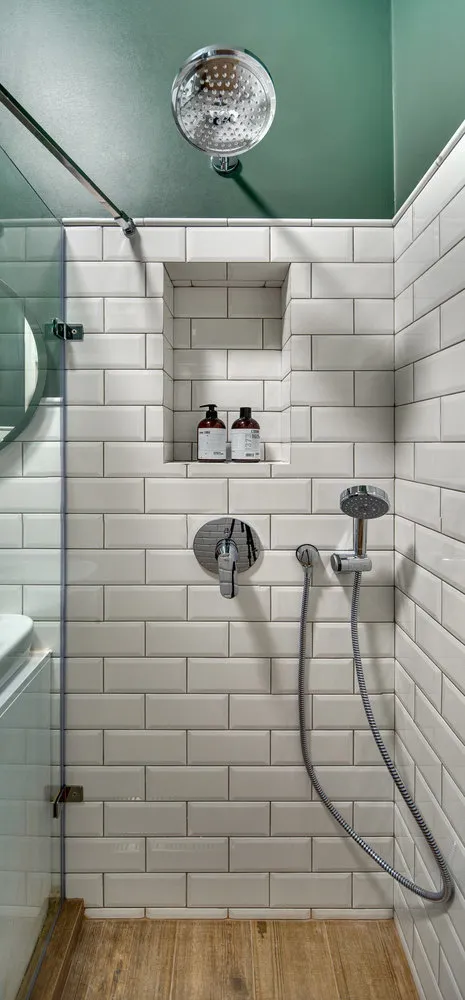 Changing Tiles in the Bathroom: Step-by-Step Guide
Changing Tiles in the Bathroom: Step-by-Step Guide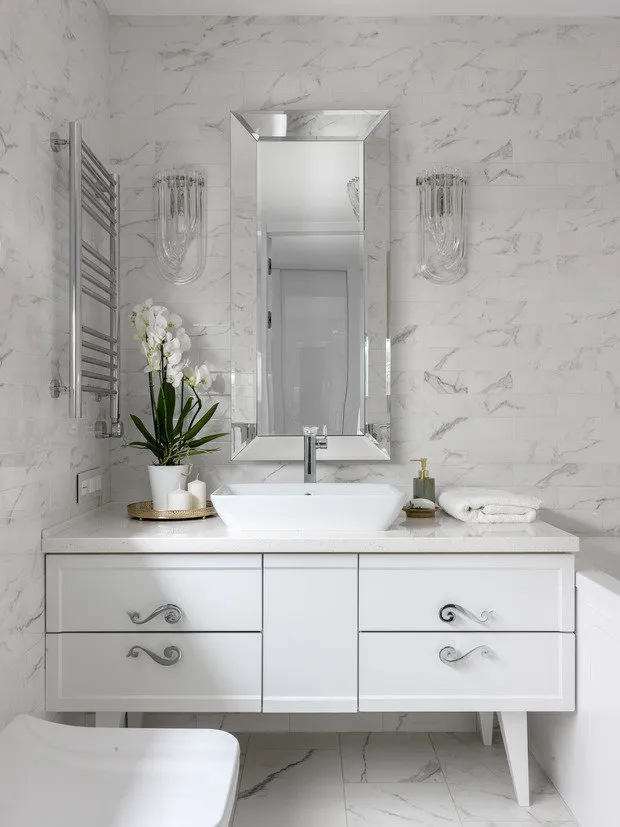 How to Update a Bathroom Without Major Renovation: 7 Ways
How to Update a Bathroom Without Major Renovation: 7 Ways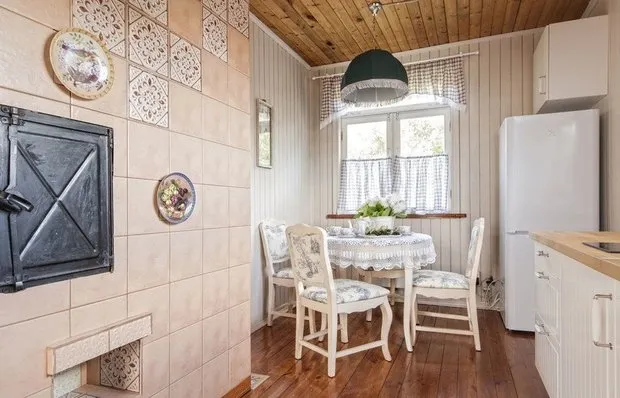 Choosing Windows for a Country House: Tips from Professionals
Choosing Windows for a Country House: Tips from Professionals Who, How, and For How Much Does Design Renovation Today?
Who, How, and For How Much Does Design Renovation Today?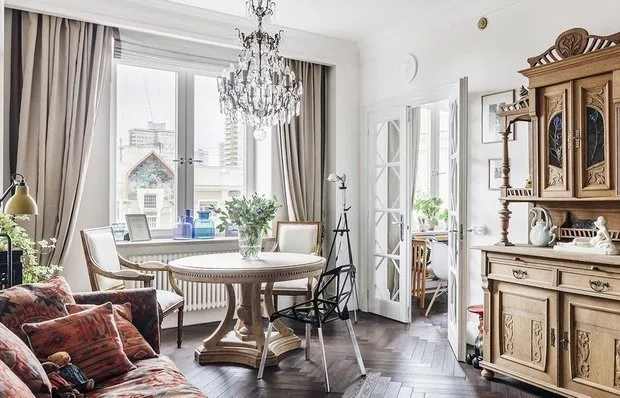 What You Need to Know Before Buying Plastic Windows
What You Need to Know Before Buying Plastic Windows How to Visually Expand a Small Bathroom
How to Visually Expand a Small Bathroom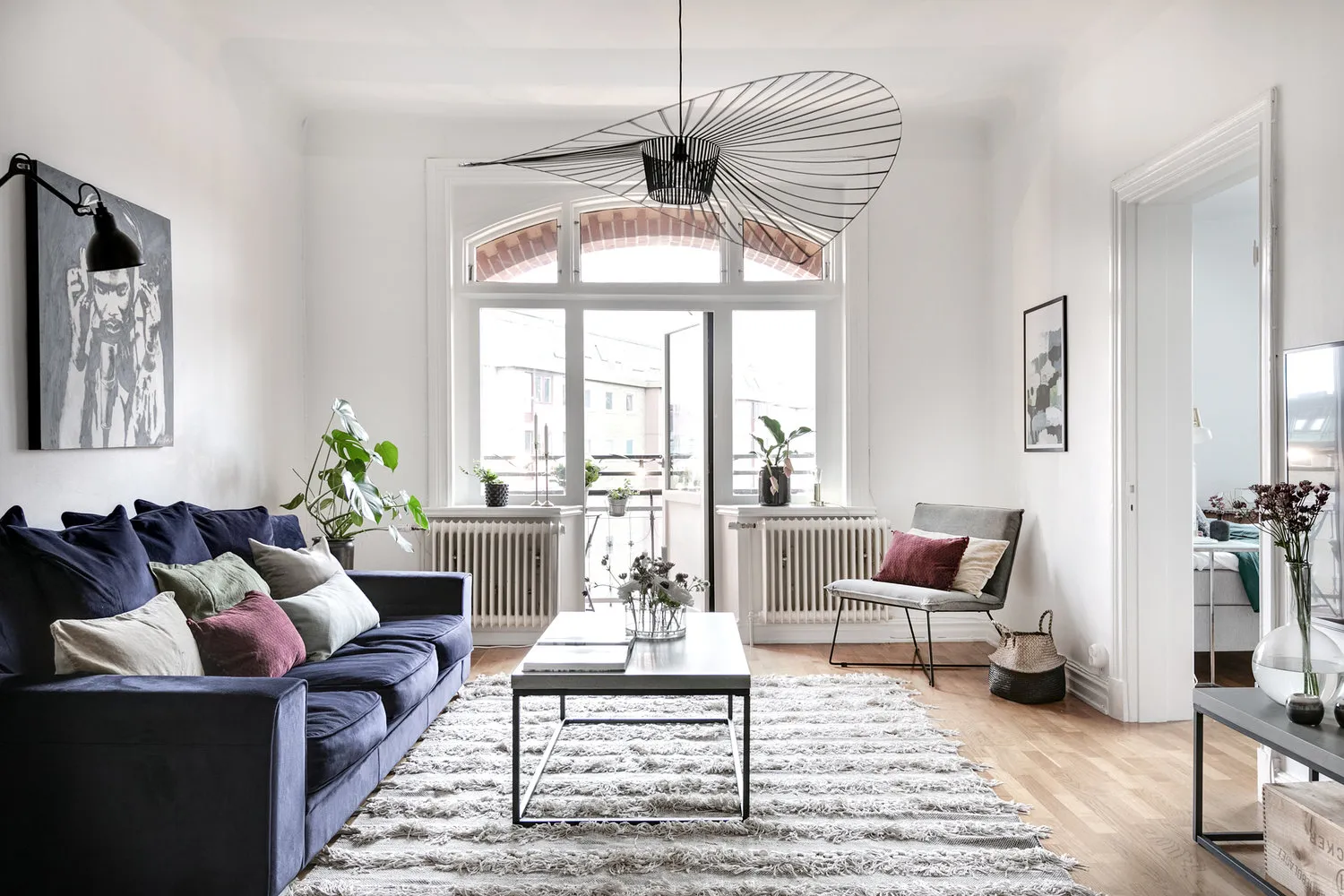 What to Do If You Have Round Walls in Your Apartment: Example from Sweden
What to Do If You Have Round Walls in Your Apartment: Example from Sweden House with Antique and Vintage Furniture
House with Antique and Vintage Furniture